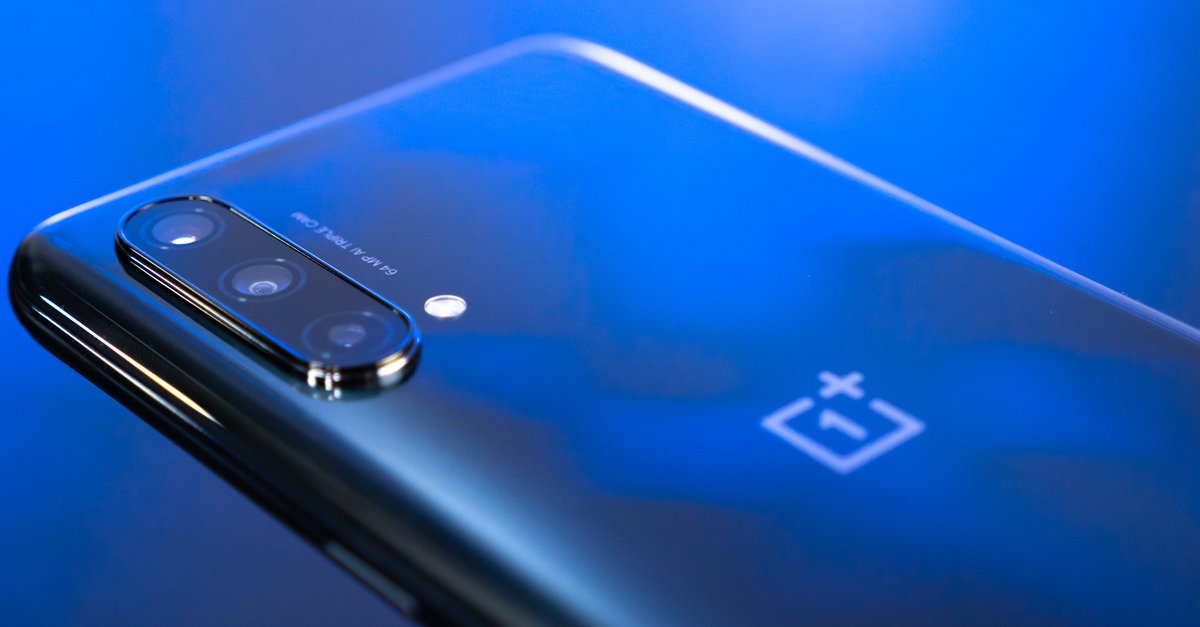This satellite is the size of a cereal box
A new miniature satellite will observe particularly inhospitable exoplanets – known as hot Jupiter – from space for seven months. This should clarify the question of why atmospheres escape.
Over the past four years, the Laboratory for Atmospheric and Space Physics (LASP) at the University of Colorado Boulder (CU Boulder) has developed a satellite that is the size of a family carton of cornflakes and goes by the awkward name of the “Colorado Ultraviolet Transit Experiment”. The abbreviation is the acronym CUTE, which, when read fluently, means “cute” in German.
The missile, which costs around four million US dollars and belongs to the group of so-called Cubesats, is scheduled to launch into space on September 27 and then investigate a number of distant exoplanets for seven months. The mission will be launched aboard a United Launch Alliance Atlas V rocket along with the Landsat 9 satellite from Vandenberg Space Force Base in Lompoc, California. That divides the CU Boulder Phys.org with.
After CUTE has entered orbit around the earth, the mini-satellite is supposed to investigate a group of gas planets known as “hot Jupiter”. The name results from the fact that they are each huge, even up to three times larger than “our” Jupiter. At the same time, these planets are extremely hot. They reach temperatures of around 4,000 degrees Celsius on their surfaces. This has in part to do with the fact that they orbit their respective star in very tight orbits.
This radiation damages the planets over time, because at such temperatures the atmospheres of hot Jupiter expand. This can go as far as the crack in the atmosphere with subsequent escape into space. Researchers can use these planets, which expand as if in a kind of time-lapse motion and then become white dwarfs, to gain insights into why atmospheres break away from planets.
The idea is that investigating atmospheric escapes on as many planets as possible can help to understand the general principles behind atmospheric escapes. Such findings could then be applied to different types of planets, say the researchers.
In addition to the actual mission goal, the US space agency NASA wants to use the CUTE to find out “how much science is possible with a small satellite”. This represents a major rethink in space exploration. Around ten years ago, even in NASA, small satellites were dismissed as “toys” that could only be used for teaching purposes.
In the meantime, the LASP was able to present various Cubesat-based concepts, all of which were convincing. Ultimately, the cost factor is also likely to be not insignificant. At around four million dollars, the CUTE is much cheaper than larger satellites, which usually cost more than 100 million dollars.
Only the Starlink satellites are even cheaper. SpaceX manufactures these itself in order to keep costs under control as much as possible. A Starlink satellite is estimated to cost between one and two million dollars.


